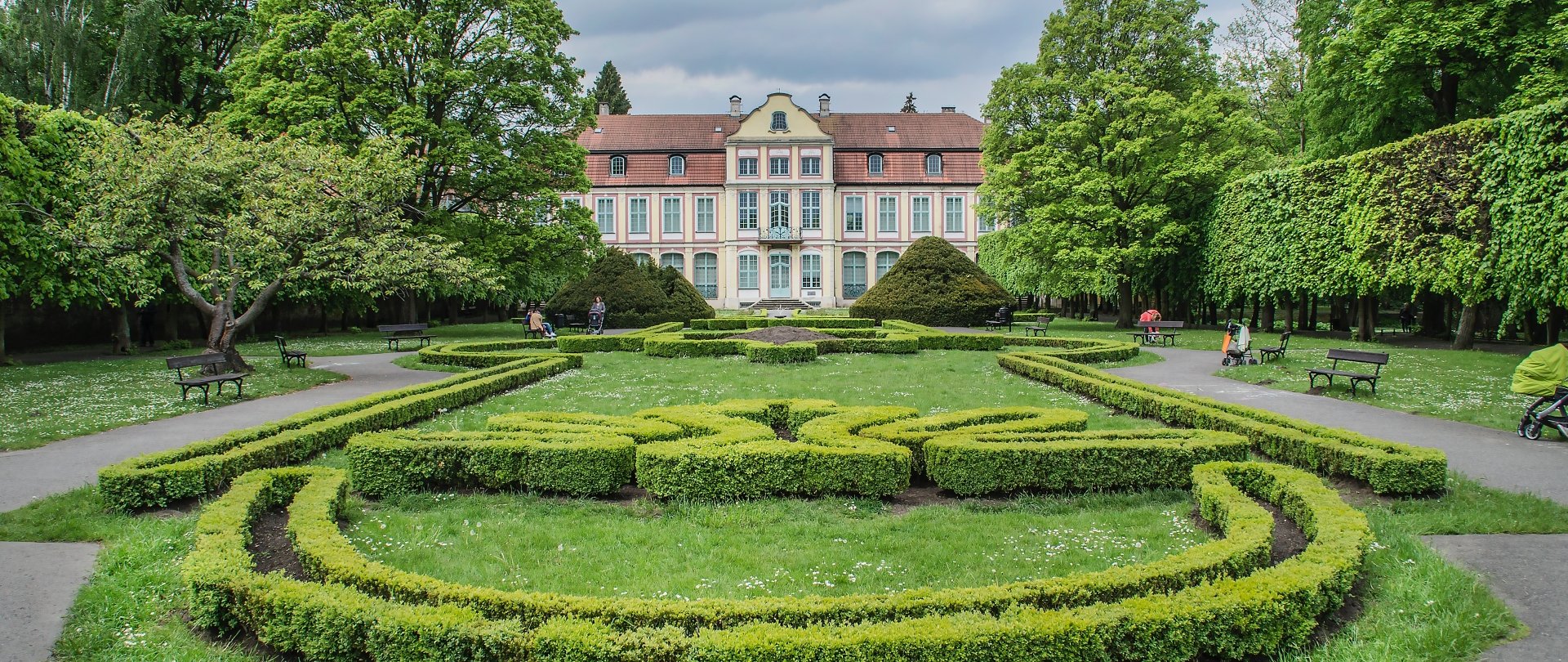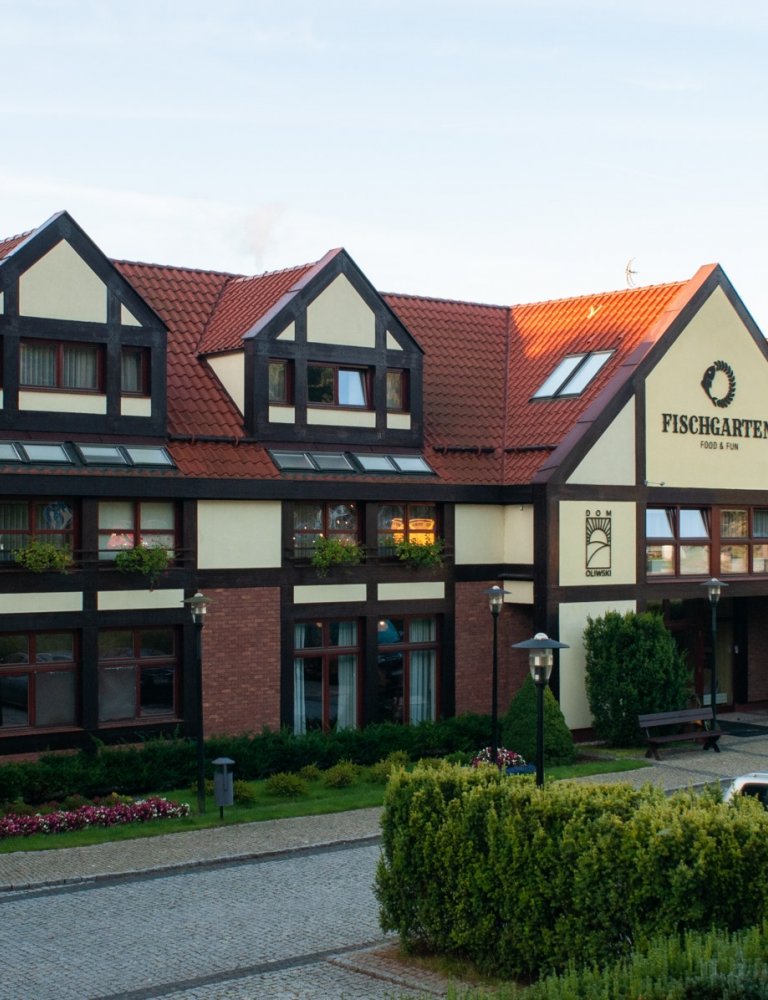The first mention of the forge on the Oliwski Stream comes from a document dating back to 1597. This
act certifies its sale by Jan Klinghamer to Dawid Konarski, the abbot of the Cistercian monastery in
Oliwa. This unique metallurgical site, globally significant, brought immense financial benefits to the
monastery. Large quantities of iron were processed here until the 20th century. In 1830, the plant
produced nearly 200 tons of various metal products.
Today, the wooden building consists of two sections divided by the Oliwski Stream. The stream’s waters
were initially used to power water wheels. Each section of the forge contains a heating furnace and a
hammer powered by a separate water wheel with a diameter of 4 meters, featuring 44 paddles along its
circumference. These overshot wheels are mounted on oak shafts with a square cross-section (0.7 x 0.7 m)
and a length of 8 meters. A lever mechanism lifts the hammer, which weighs about 250 kg, and allows it
to fall from a height of approximately 40 cm onto an anvil.
The forge is also equipped with eccentric shears, driven by a smaller water wheel with a diameter of 3.1
meters, mounted on an oak shaft with a diameter of 0.5 meters and a length of 4.7 meters. These shears
enable the cutting of heated iron up to 40 mm thick.
Today, the forge hosts jazz concerts and gatherings of vintage car enthusiasts. After visiting the museum,
visitors can take a walk to the Valley of Joy, passing the historic Hotel Dwór Oliwski along the way.










